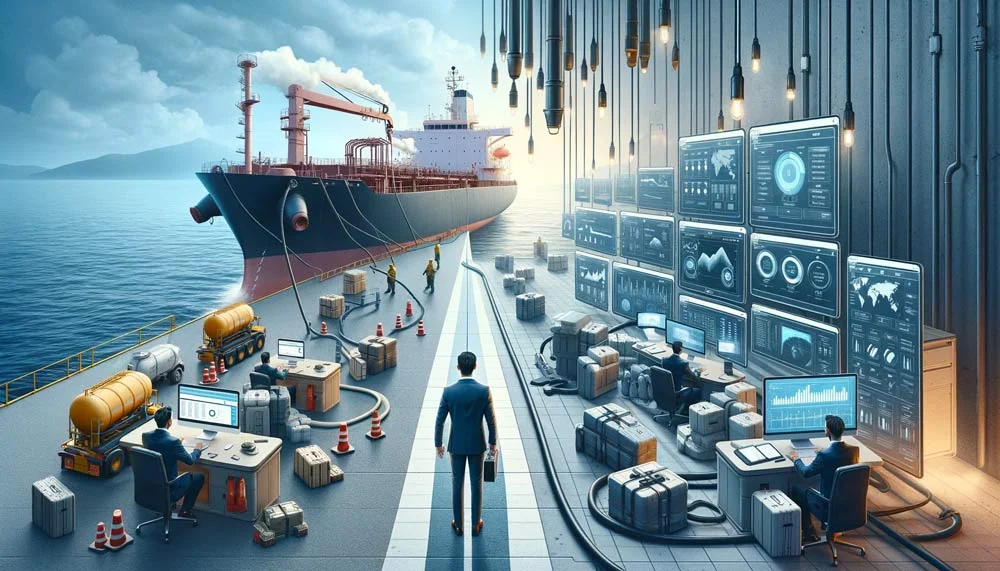
The Future of Digital Bunkering: What to Expect
Introduction
In the intricate dance of global shipping and maritime logistics, bunkering—the process of refueling ships—has been a constant. However, like many aspects of our increasingly interconnected world, it too is undergoing a digital transformation. Digital bunkering, a term now gaining traction, encapsulates the integration of technology into this age-old practice. But what does this mean for the industry, the environment, and the global economy? Let us delve into the multifaceted world of digital bunkering and explore the future landscape, challenges, and expectations.
Key Factors Impacting Digital Bunkering
Real-Time Data Accessibility
One of the most significant advancements in digital bunkering is the real-time accessibility of data. Platforms like Integr8’s ENGINE have made it possible to access live market data, offering insights into fuel prices, quality, and availability globally. While this real-time data accessibility promises enhanced decision-making, it also brings the challenge of data overload and the need for sophisticated analytics to glean actionable insights.
Transparency and Trust
Digital bunkering fosters transparency and trust, essential components in an industry often marred by opacity. However, the trade-off is the potential vulnerability to cyber threats. As the industry navigates this digital terrain, balancing transparency with cybersecurity becomes paramount.
Sustainability
The maritime industry is under increasing pressure to reduce its carbon footprint. Digital bunkering offers tools for monitoring and reducing emissions. However, the transition to greener alternatives is fraught with challenges, including excessive costs and the need for new infrastructure.
The Future of Digital Bunkering: What to Expect
Technological Integration
AI, machine learning, and blockchain are set to play pivotal roles. These technologies promise efficiency and transparency but bring challenges in integration, privacy, and security. The trade-off between innovation and privacy is a delicate balance that the industry must manage.
Regulatory Compliance
With the advent of digital bunkering, regulatory compliance has moved to the forefront. Technology offers tools for adherence to regulations, but the dynamic nature of international laws requires constant adaptation, posing a significant challenge.
Global Connectivity
Digital bunkering promises global connectivity, offering a unified solution for shipowners worldwide. However, this global reach brings challenges in standardization and compliance with diverse regional regulations.
Balancing Act
Digital bunkering expectations hinge on balancing innovation with security, transparency with privacy, and efficiency with sustainability. Each advancement brings potential benefits and challenges. The industry’s ability to navigate these complex waters will determine the future landscape of maritime logistics and global trade.
Conclusion
Digital bunkering is not a fleeting trend but a significant shift that promises to redefine the maritime industry. As we sail into this uncharted territory, the balance between embracing innovation and mitigating associated risks will be the compass guiding the journey. The stakeholders, from shipowners to regulatory bodies, must collaborate to harness the potential of digital bunkering while navigating the associated challenges, ensuring a future that is efficient, transparent, and sustainable.
In this evolving narrative, every decision made today will impact the trajectory of digital bunkering, shaping a future where technology and human ingenuity converge to redefine the maritime landscape. The journey ahead is complex, but with collaboration, innovation, and informed decision-making, a future where digital bunkering is the norm is not just possible but inevitable.


